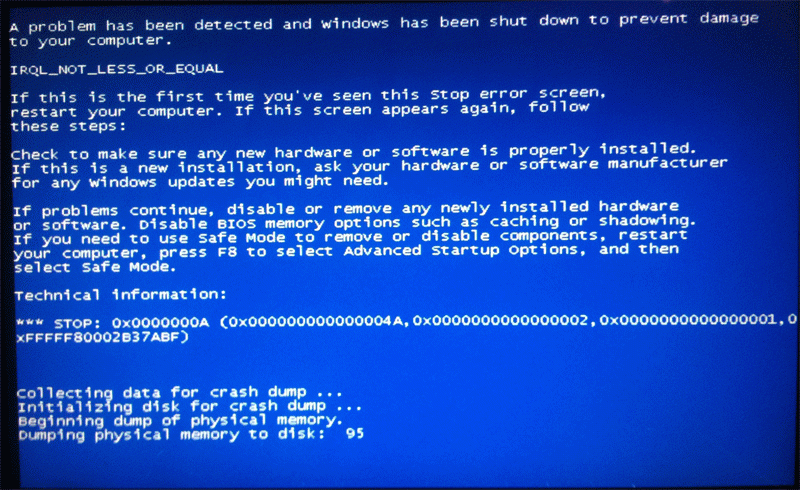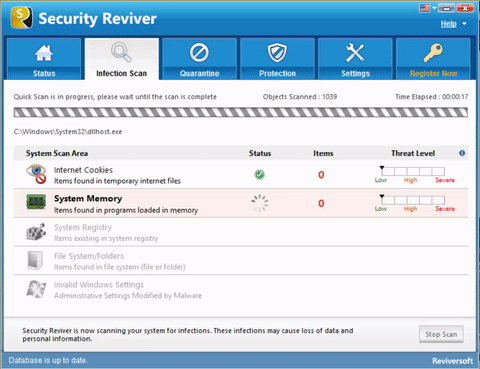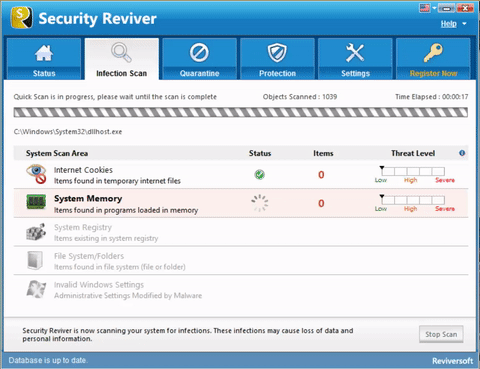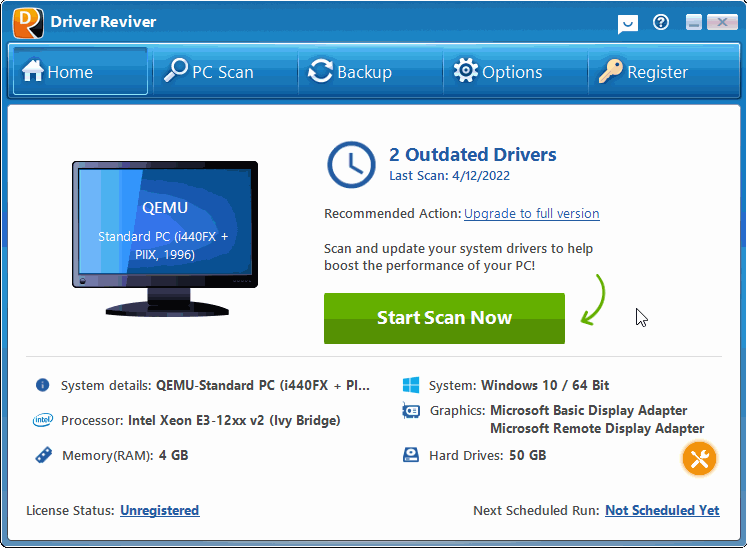The “ACPI DRIVER INTERNAL” BSOD (Blue Screen of Death) may appear when the ACPI (Advanced Configuration and Power Interface) driver detects an inconsistency in the BIOS (Basic Input/ Output System) settings, or an error in a system process, application or installed driver. The immediate shut down of the computer is implemented to prevent severe operating errors and possible loss of important data.
The BSOD error is caused by an incompatibility between the BIOS and newly installed hardware and device driver. It is also prompted by a corrupted or outdated driver, or a newly installed driver that is incompatible with the installed version of Windows.
This BSOD error is also known as “ACPI_DRIVER_INTERNAL” and “Windows STOP 0x000000A3. Some users have reported this BSOD error, which appears on the screen like the following image:

To fix the “ACPIDRIVER INTERNAL” BSOD error due to problems with the BIOS settings, upgrade the system BIOS with an up-to-date version that is compatible with the ACPI driver. To resolve BSOD error due to a recently installed process or driver, revert these changes by restarting the computer and pressing F8 when the screen shows the character-based menu for the operating system choices. Open the Advanced Options menu and scroll the cursor to the Last Known Good Configuration, and then press ENTER. You have to restart the computer in the Safe Mode to remove the latest changes in the system, such as the installation of new devices, device drivers, and system updates.
For errors prompted by incompatibility of newly installed hardware and device driver, search for a compatible driver or install a driver update that will resolve the conflict. If this fails to resolve the BSOD error, remove the device and uninstall the driver from the Safe Mode.
In some instances, this BSOD error is caused by the presence of malware on the system. This problem can be resolved with the installation of reliable and up-to-date antivirus software such as Malwarebytes or Norton Internet Security.
As always please leave any comments or questions below in the comments section or ask us a questions at ReviverSoft Answers.





